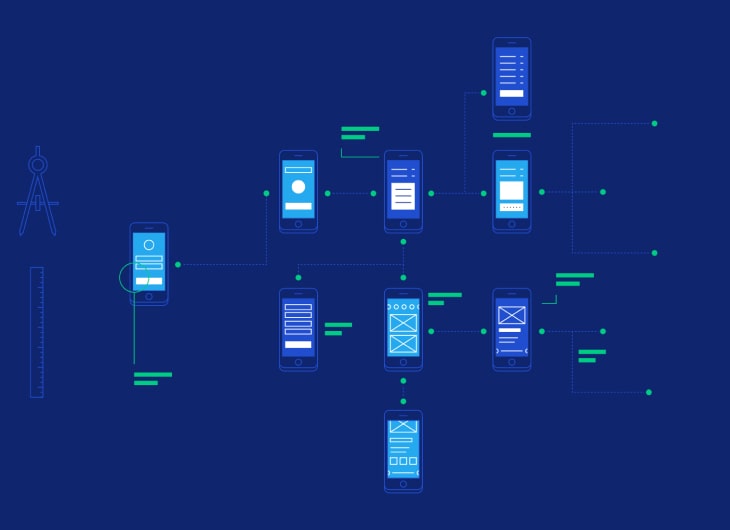Contact Info

User experience (UX) is at the heart of successful software development. In an age where user-centricity is paramount, creating exceptional user experiences is no longer an option—it's a necessity. This guide explores the vital aspects of UX design and how it can be integrated into the software development process to craft remarkable user experiences.
Understanding the User
To create exceptional user experiences, a deep understanding of the end-users is crucial. Conduct user research, user personas, and analyze user behaviors to identify their needs, preferences, pain points, and expectations. This data-driven approach ensures that the software is tailored to meet the specific requirements of the target audience.
Intuitive Design and Navigation
A well-designed interface with intuitive navigation is fundamental to a positive user experience. The layout, color schemes, typography, and overall design should be intuitive and visually appealing. Navigation should be smooth and logical, allowing users to effortlessly move through the software without confusion.
Responsiveness and Adaptability
With users accessing software on various devices, including smartphones, tablets, and desktops, it's vital to ensure responsiveness and adaptability. The software should seamlessly adjust to different screen sizes and resolutions, providing a consistent experience across all platforms.
Performance Optimization
Slow-loading software frustrates users and can lead to abandonment. Optimizing software performance is crucial for a positive user experience. This includes optimizing code, reducing load times, and ensuring smooth interactions to provide a snappy and responsive interface.
Accessibility for All
Creating an inclusive user experience means ensuring the software is accessible to individuals with disabilities. Adhere to accessibility standards, such as WCAG, to make the software usable by people with diverse abilities and disabilities. Features like alt text for images and keyboard navigation should be integrated to enhance accessibility.
User Feedback and Iteration
Collecting user feedback through usability testing, surveys, and user interviews is invaluable. This feedback provides insights into areas for improvement and validates design decisions. Iteratively refine the software based on this feedback to continually enhance the user experience.
Personalization and Customization
Empower users to personalize their experience within the software. This could include customizable layouts, themes, or settings. Tailoring the experience to individual preferences enhances engagement and satisfaction.
Collaboration and Cross-functional Teams
Foster collaboration between designers, developers, product managers, and other stakeholders. Involving diverse perspectives throughout the development process ensures a holistic approach to user experience and results in a product that meets both business goals and user needs.
Testing and Quality Assurance
Thorough testing is crucial to ensure a bug-free and seamless user experience. Conduct usability testing, functional testing, and compatibility testing across devices and browsers. Address any issues promptly to deliver a polished final product.
In conclusion, exceptional user experiences are born from a deep understanding of users, a well-crafted and intuitive design, performance optimization, accessibility, user feedback, personalization, and collaboration. By prioritizing UX throughout the software development lifecycle, you can create software that not only meets technical requirements but delights and engages users, setting your product apart in today's competitive market.